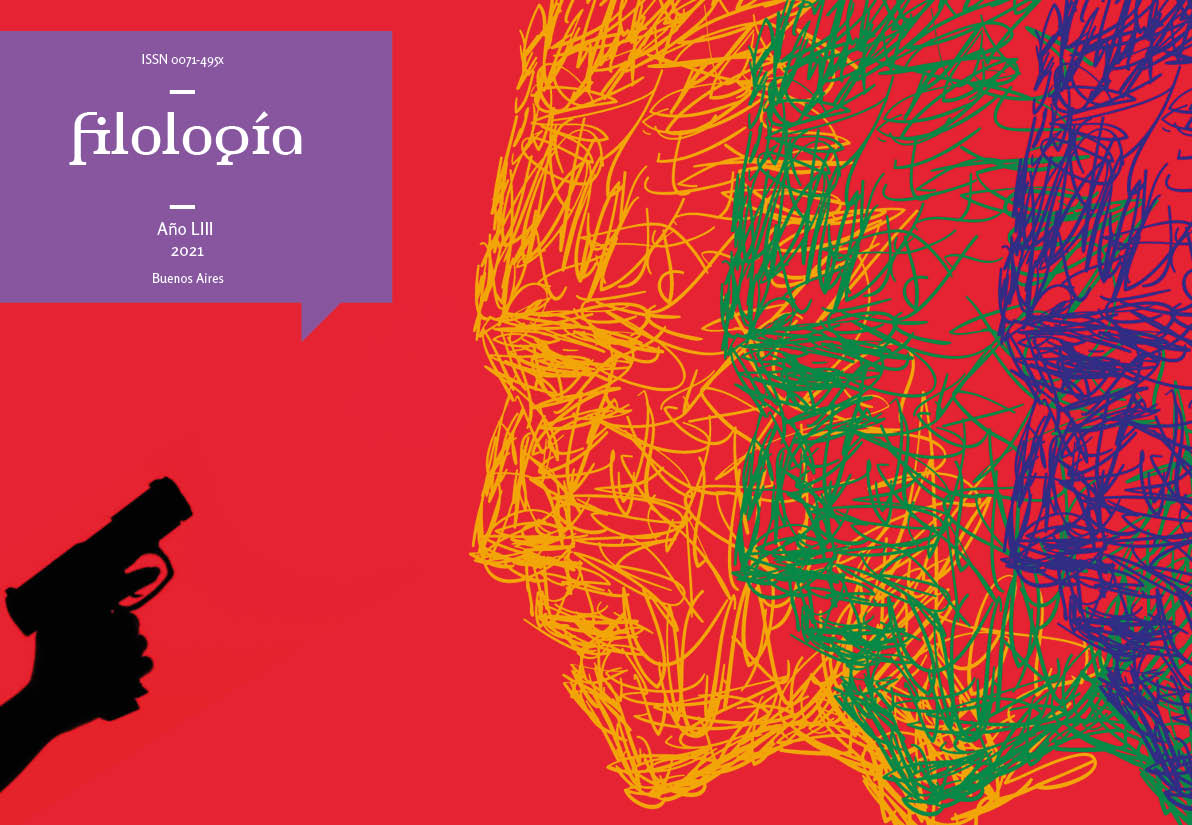Serial Killer representation and demythification in Jaime Bayly’s trilogy Morirás mañana
Keywords:
serial killer subgenre, serial killer, masculinity, anomie, crime
Abstract
This essay studies the representation of the serial killer in Jaime Bayly’s Morirás mañana. Serial killing is considered by experts as the most violent expression of masculinity. Some serial killers have become cultural icons in America. This paper proposes that Morirás mañana eludes imitating the serial killer subgenre by subverting the original serial killer subgenre model’s conventions, such as the presence of representatives of the law and the reestablishment of the status quo. This transgression also happens because of the selection of a different narrative structure and point of view, as well as the serial killer’s insertion in an anomie context characterized by the lack of faith in social order and justice. This work analyzes the unique representation of the trilogy’s serial killer, Javier Garcés, who distances himself from the traditional serial killer image since his violence is not exclusively directed to women, nor is it of a sexual nature. This essay concludes that by avoiding the serial killer subgenre’s convention and by its non-generic representation of the murderer, Morirás mañana demythifies the serial killer.Downloads
Download data is not yet available.
Published
2021-10-14
How to Cite
Koo, P. G. (2021). Serial Killer representation and demythification in Jaime Bayly’s trilogy Morirás mañana. Filología, (53), 85-99. https://doi.org/10.34096/filologia.n53.10629
Issue
Section
Dossier














